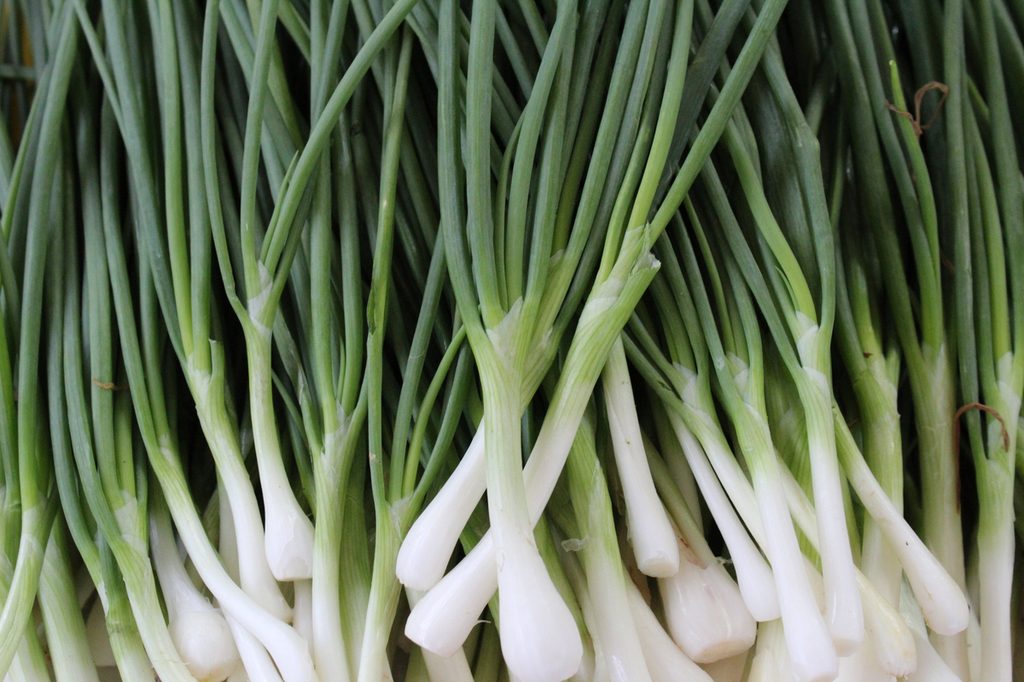
Growing your own vegetables is a fun idea, in theory. However, many vegetables take up a lot of room. If you need to conserve space, but you want to fill your garden out as much as possible, then the spring onion plant is a great option to consider. It’s small enough that you can even grow it in a pot. If you’d like to add spring onions to your garden but aren’t sure how, then you’re in the right place! We’ll walk you through every step of growing spring onions.
When to plant spring onions
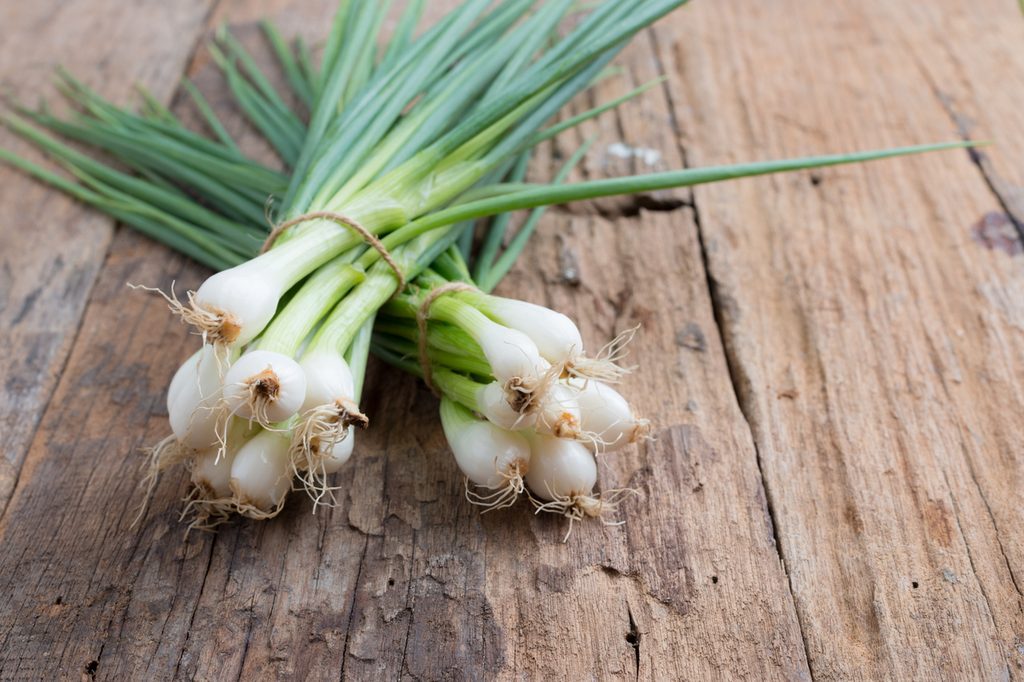
Despite the name, spring onions are a vegetable you can plant during any season except winter. You typically plant spring onions in early spring or the middle of fall. Dry summers can be an issue for spring onions, so many gardeners avoid planting in late spring or early summer. However, with extra water and attention, even spring onions planted in the summer can flourish.
When getting your seeds, pay attention to what type of spring onions you’re getting. There are multiple plants that people refer to as spring onions. Welsh onions, for example, are sometimes called spring onions or bunching onions. They grow in tight clusters and don’t form bulbs. If you want bulbs, look for scallion seeds. Scallions, green onions, and spring onions are all the same plant.
Choosing the perfect planting site
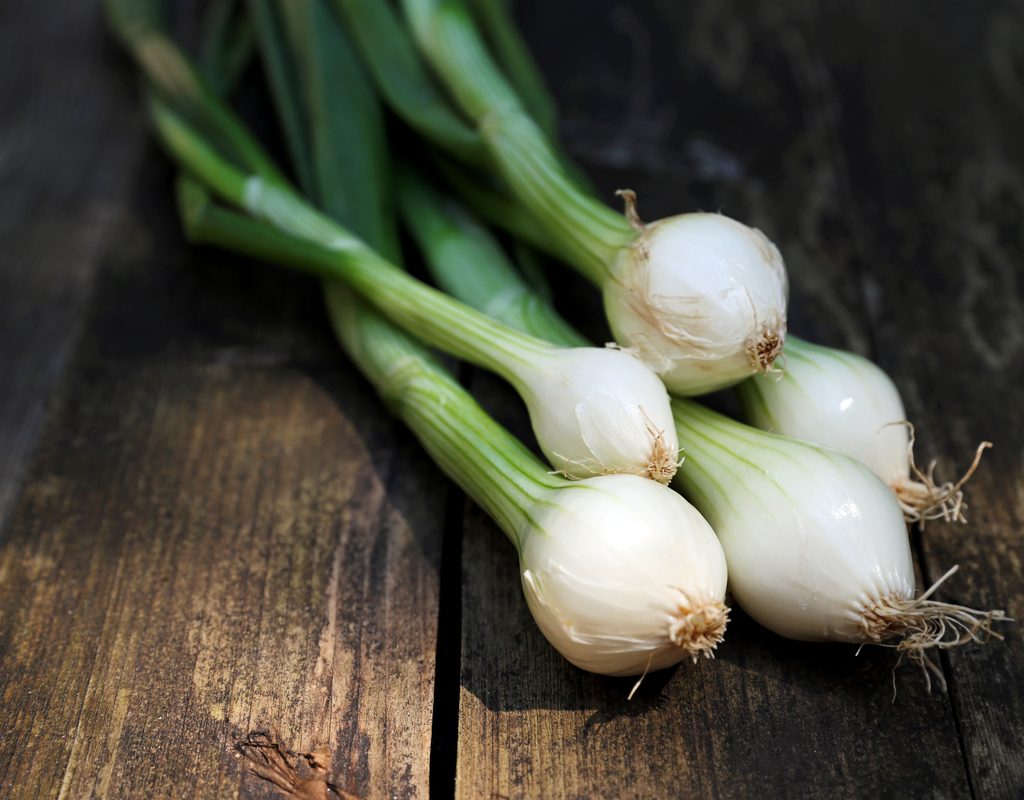
Spring onions need soil that’s thick and rich in organic material. Mixing compost into the soil can help with this if your soil is naturally poor. However, it should also be loose, well-draining, and not too clay-heavy soil. Dense or compacted soil can impact spring onion bulbs as they grow, and dense, clay-heavy, or poor-draining soil holds water. Spring onions need consistently moist soil, but too much standing water can cause the bulbs to rot. Avoid low-lying areas that may collect rainwater as well.
In order to thrive, spring onions need full sun. If you don’t have anywhere in your yard or garden that gets full sun, then look for a short-day variety of spring onions. These varieties are more tolerant of shade. Other varieties tolerate some shade, but it weakens them, leaving them more vulnerable to diseases.
Growing spring onions in containers
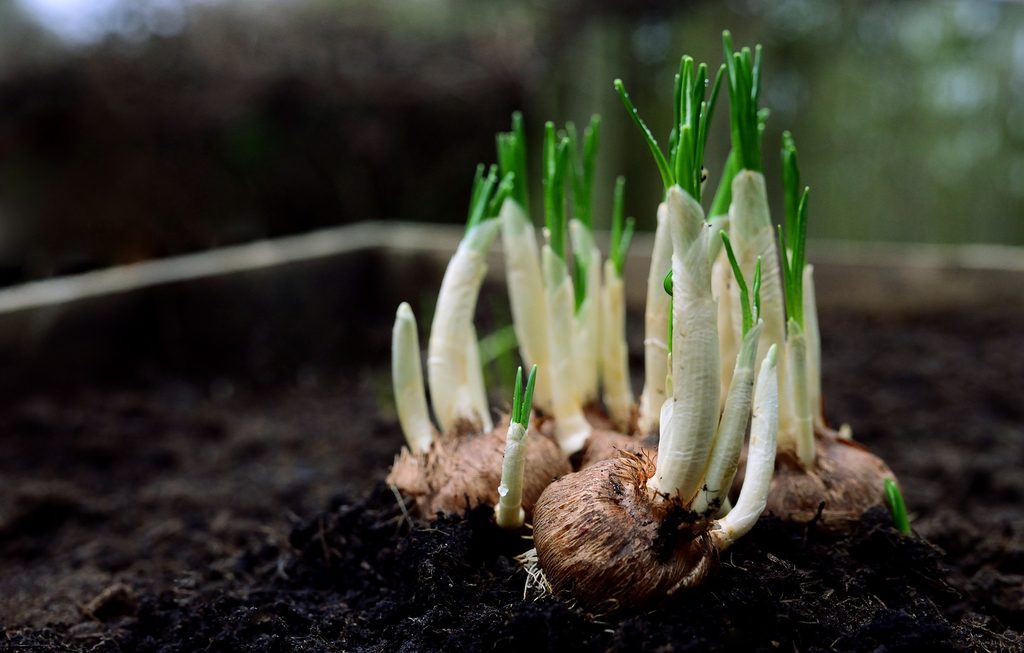
Although spring onions are small, using a larger pot gives them more room to grow and increases your harvest size. Look for containers that are 8 inches or larger for the best results. Before you fill the pot with soil or plant your spring onions, make sure the pot has plenty of drainage holes. Container-grown plants are at a higher risk of overwatering and root rot, since they rely on drainage holes to get rid of excess water. A container that has legs, so that the bottom of the pot isn’t flush against the ground, is ideal.
You can grow spring onions in regular potting soil, but a mix of potting soil and compost yields the best results. There are pre-made mixes available, so take advantage of your local garden supply store’s stock or check online. Plant your spring onions 1/4 of an inch deep and space them 1/2 of an inch apart.
Keep the soil consistently moist, but not soaking wet. If you notice the soil isn’t absorbing any more water or isn’t drying at all between waterings, stop watering and check the drainage holes immediately. You can keep spring onions in containers outside in a sunny spot or by a sunny window. If your indoor spring onions are suffering from a lack of light, then consider getting a sun lamp or grow light.
What can you plant with spring onions?
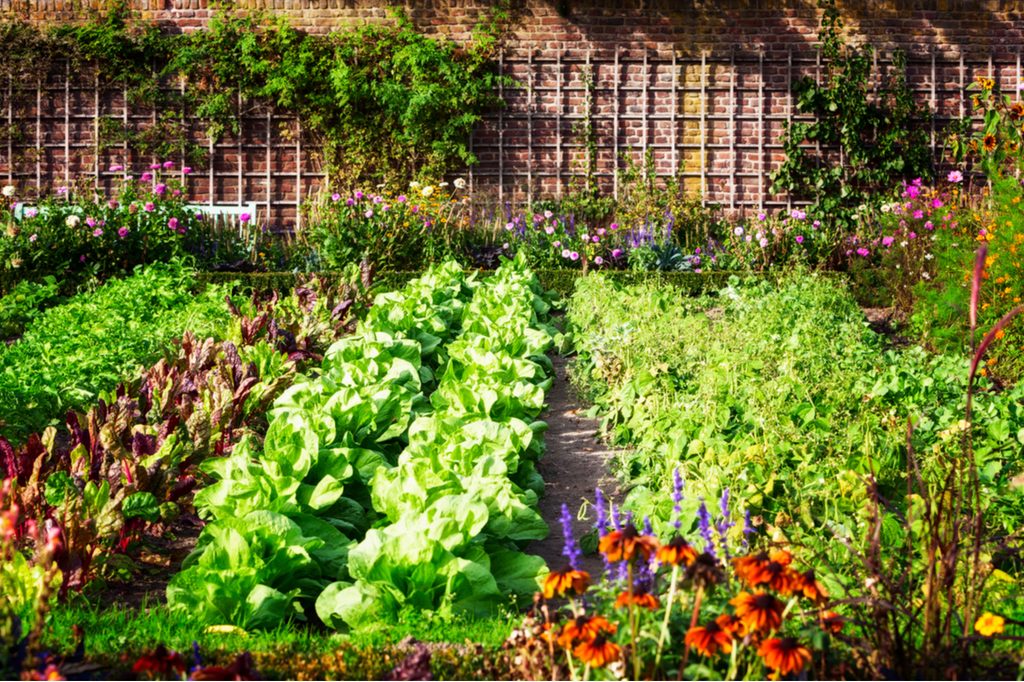
It’s nice to grow spring onions with other delicious foods — and luckily, many plants pair well with spring onions. Here are just a few companion plants to consider for your veggie garden with spring onions, which work beautifully as a pest deterrent because of their strong smell.
- Carrots: Carrots help deter onion flies, while spring onions help repel the carrot root fly.
- Tomatoes: Scallions can help tomatoes steer clear of whiteflies.
- Brassicas: Spring onions can prevent your cabbage plants from getting eaten by pests and rodents.
- Other alliums, such as shallots, garlic, leeks, and more: These plants all share the same care requirements, but you want to stay on top of pest and disease management, as these issues can easily spread between similar plants.
The only plants you shouldn’t grow with green onions are beans and peas since onions can delay their growth and impact their flavor.
How and when to harvest spring onions
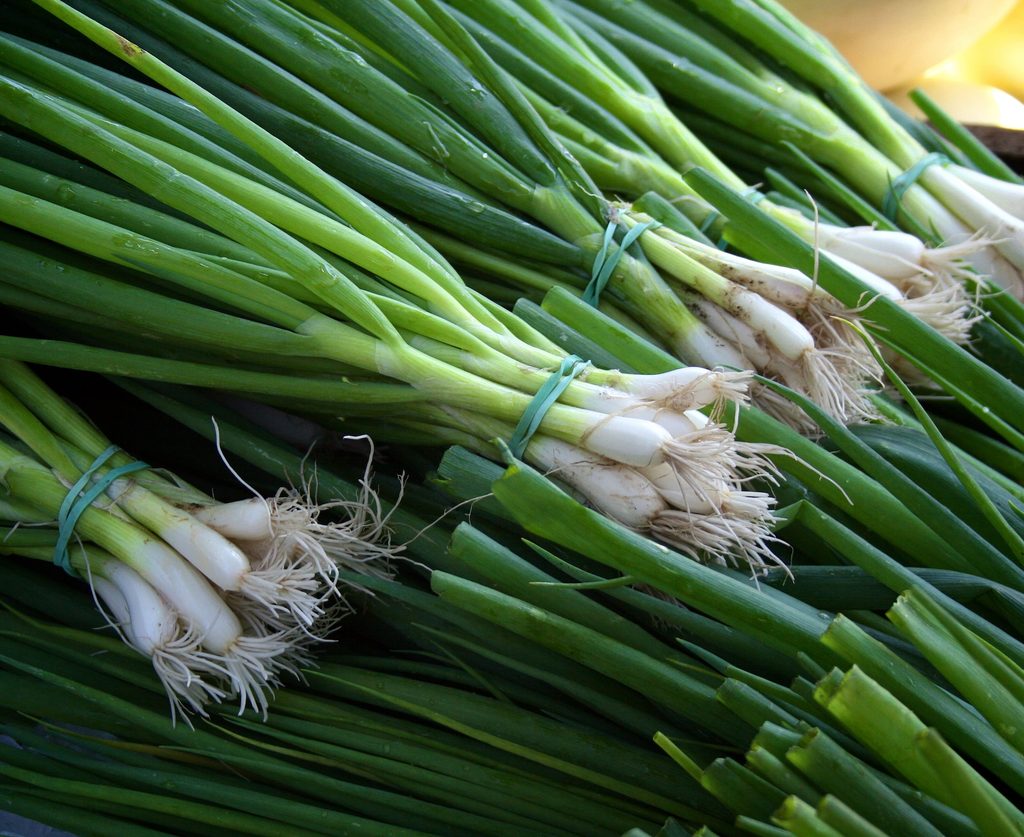
The difference between scallions, green onions, and spring onions lies in when you harvest them. Scallions are the first stage, and you can harvest them after four weeks. This is before the bulbs grow, and it’s primarily the leaves that you use. Green onions are the next stage, and they have small bulbs. You can harvest green onions in four or five weeks. For both stages, you can harvest just the leaves and let the plant continue growing for a continuous harvest.
Spring onions are the final stage. These are pronounced bulbs, although they are still smaller than typical onions. You can harvest just the leaves, but the bulbs of spring onions are usable as well. Harvest spring onions about five to eight weeks after planting.
However, since they are different developmental stages of the same plant, there’s nothing to fear when it comes to harvesting too early or too late. You can start harvesting a spring onion plant anytime between four to eight weeks after planting, depending on how large you want the bulbs.
People use the words scallion, green onion, and spring onion interchangeably. This can make it confusing for beginners to figure out exactly what they need to do to care for and harvest this plant. Now that you know they’re the same plant with different bulb sizes, you can grow as many spring onions as your heart desires! Just plant them in full sun, use well-draining soil, and keep the ground moist. You’ll have spring onions before you know it.


